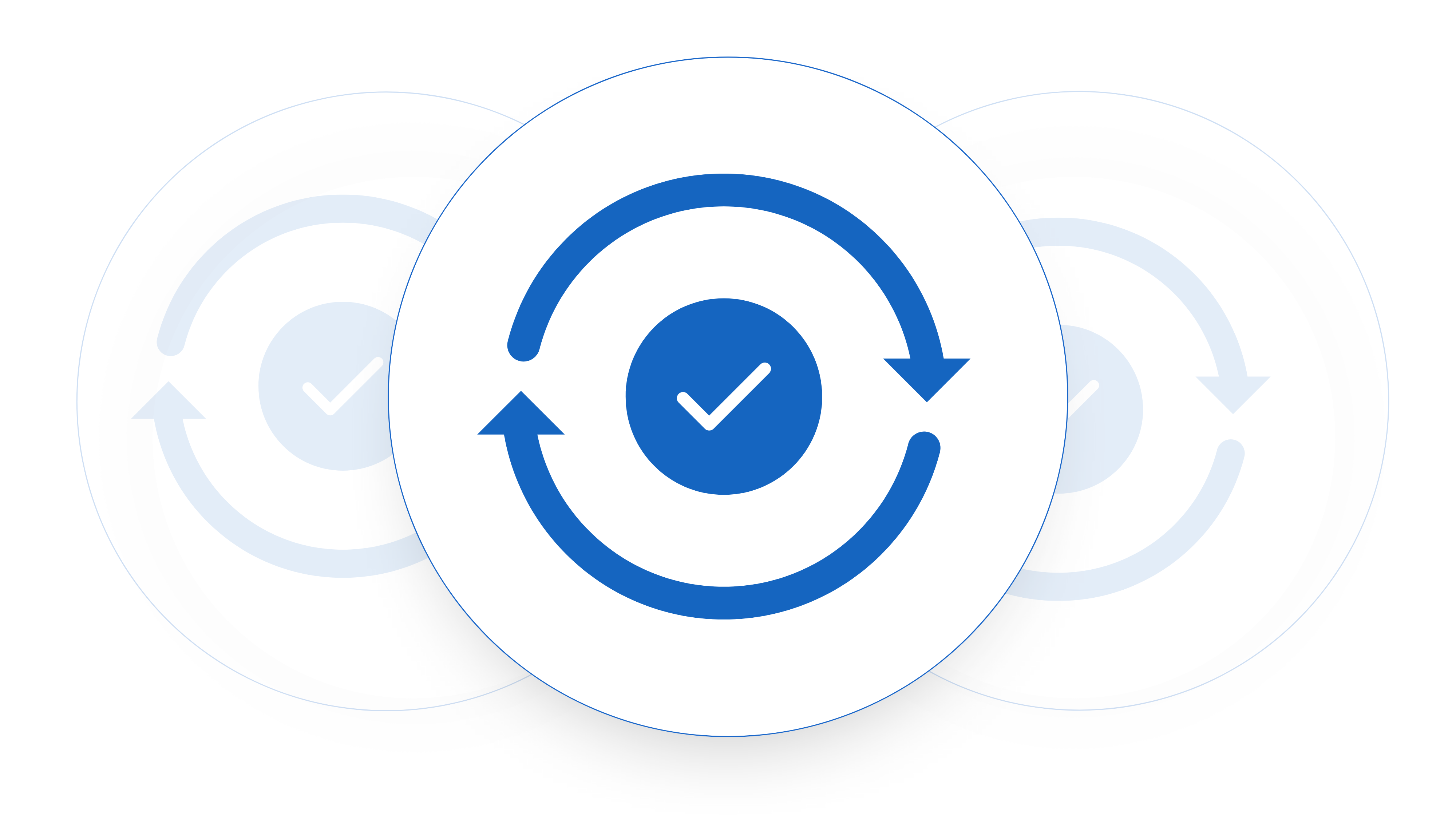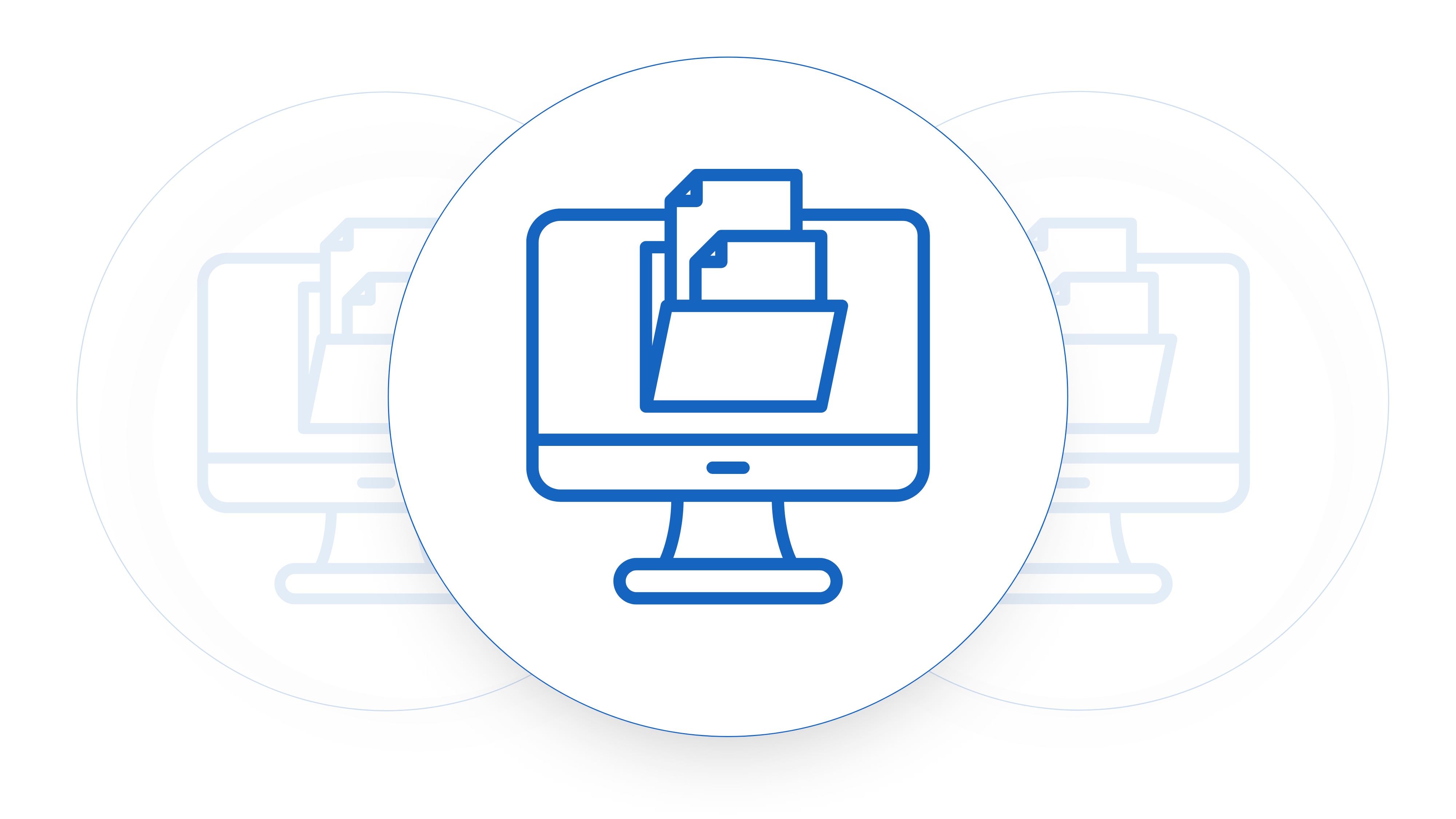The contract lifecycle is a crucial aspect of business operations, involving a series of stages from contract creation to fulfillment and closure. Effective contract lifecycle management (CLM) ensures efficiency, reduces risks, and enhances profitability. Before we have a look at the contract lifecycle let’s have a look at how is usually handling this process in startup tech companies and how this changes overtime.
In a tech startup, the responsibility for contract lifecycle management (CLM) falls upon different individuals or teams depending on the company’s size, structure, and complexity of contracts. Although the list below is not exhaustive it does cover a few of the people that are most commonly involved and the stages of the company that the might be involved in the process.
-
Founders/CEO: In very early-stage startups, the founders or the CEO may handle the contracts themselves, given the lean structure and limited resources. They might be involved in drafting, reviewing, and negotiating contracts, especially those of strategic importance. This is not uncommon. Especially when selling to enterprise customers where deals can get complex and the weight of the founder needs to be applied either to get the deal over the line or to get the company behind delivering a custom contract.
-
Sales Team: Sales personnel play a significant role in managing customer or vendor contracts. They are typically involved in the negotiation phase and ensure that the contract terms align with the agreed business terms. One of the core roles that a sales person play’s is a role of informing customers what the use case of the product is and how it will be implemented. This has a lot of bearing on the contracts that are put into place and the speed of negotiations.
-
Operations/Project Managers: These individuals may oversee the execution phase of the contract, ensuring the company fulfills its contractual obligations and the project runs as per the timeline and budget outlined in the contract. They may be involved in the contract negotiation itself when you get to the point of having to get your team on board to deliver what a sales person (or your CEO) has promised.
-
Legal Counsel: Startup’s often don’t have in-house legal counsel until they get to a two to three million ARR size, if not larger. They will often utilize an external law firm. Either way these legal resources play a crucial role in drafting, reviewing, and ensuring the legal soundness of contracts. They also handle any legal issues that might arise during the services and after the customer has stopped using your platform.
-
Finance Team: This team oversees the financial aspects of the contract, including invoicing, tracking payments, and ensuring financial compliance. As you scale they are useful to have more and more involved in contract negotiations as often the finance team are the ones that will start feeling the pain of non-standard terms. Especially when it comes to invoicing terms in a scale up.
In some cases, startups might outsource contract management to third parties or use contract management software to automate and streamline the process. Although a lot postpone this the pain that it can cause later down the road can make scaling a business quite difficult. Especially as the volume and complexity of contracts increases.
So now that we know who is involved in the process, let’s have a look at what the lifecycle of a contract looks like.













